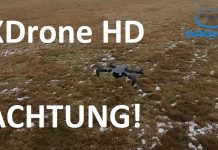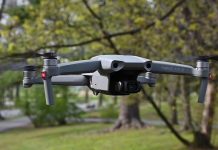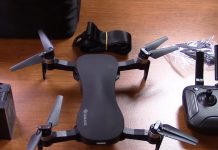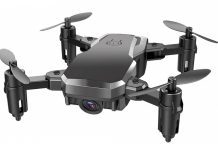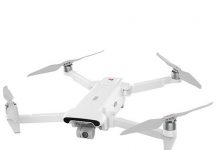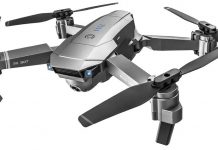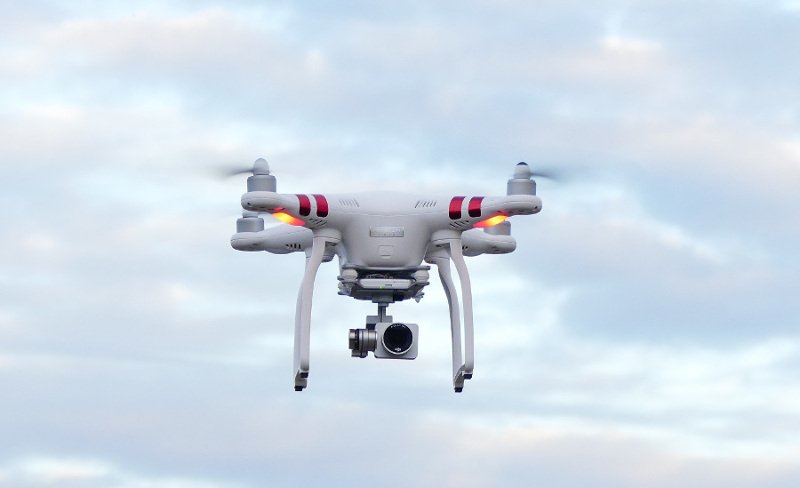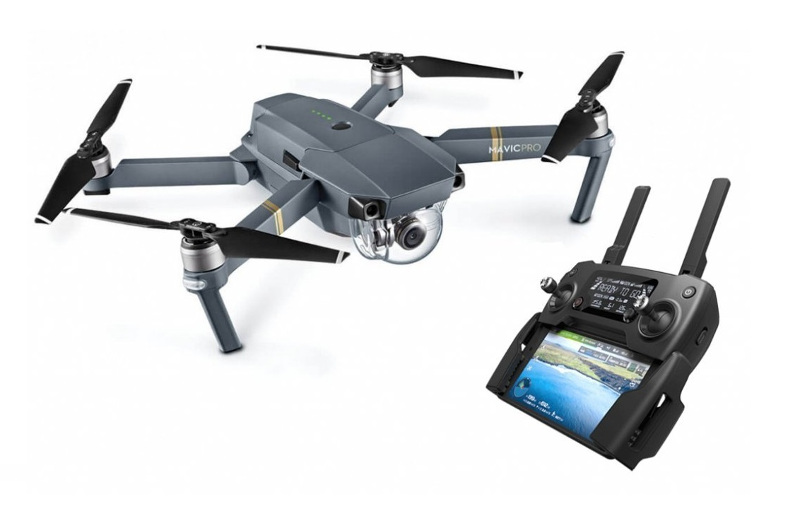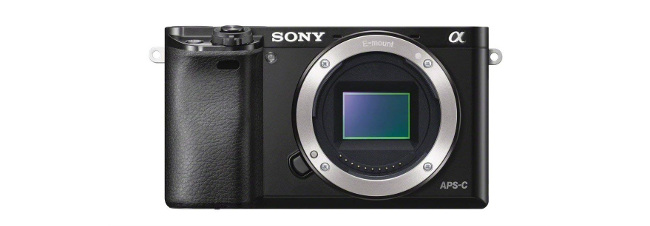
A system camera is a kind of reflex camera, but without a mirror and also without shutter curtain. They are similar to compact cameras, but have a very high value.
These types of models have not been on the market for very long, but some users estimate that system cameras will eventually replace the SLR models. At the moment, however, they still have some disadvantages, as they are still quite new and there are correspondingly few lenses available compared to the established cameras.
In our system camera test you will find many models that we have compared and evaluated.
Advantages of system cameras
The biggest advantage of a system camera is the lower weight compared to an SLR. This is primarily due to the fact that the mirror is missing. Also, you don’t have to clean the mirror because there is simply no mirror to clean.
A cam like this also has the advantage of having quite a few additional features built in. Of course, there are differences in quality and functions depending on the manufacturer.
This allows you to take even better photos with the system camera, similar to the compact camera. The image stabilizer and other automatic functions are helpful here.
Even with high ISO values, the system camera does a damn good job.
However, many users appreciate the extensive functions and the low weight of a system camera and therefore often choose a model of this type.
The disadvantages
But there are also some disadvantages that such a system camera brings with it. For example, an SLR camera can take more pictures in a shorter period of time. Often this is due to the better processors that are built in. But here also the price plays a big role, but most system cameras can not process a faster consecutive number of images as fast.
Another drawback is that there’s a wider range of wide-angle and zoom lenses on the market for SLR models. Therefore, when buying a system camera, it’s especially important to choose a model whose manufacturer has a lot of suitable accessories on offer.
We recommend that you pay attention to what exactly you want to take and then choose the appropriate camera model. With SLR cameras you don’t have to pay that much attention, as there are almost always many different wide-angle and zoom lenses available and therefore the choice of the model is much more flexible.
Although SLR cameras will probably surpass SLR cameras in the future in terms of autofocus, there is one thing you will probably always have to struggle with and that is battery life.
The power consumption of mirrorless system cameras is significantly higher than that of SLR cameras due to the constant use of the sensors and the live image view.
The life span of the battery and the whole camera is even longer with the DSLR cams, because not all components are in constant use, at least to create still images, with video recordings the situation looks quite different, here mirrorless cameras have a clear advantage, because the DSLR must also switch to live view mode and therefore also needs more battery power.
How good is the image quality compared to SLR cameras?
Both DSLM and DSLR have a very high image quality. However, there are qualitative differences in the individual price segments.
However, a system camera for 2000€ is usually about as good as an SLR model of the same price. These include the number of pixels, quality of the image sensor and colour depth.
The system camera, however, does not have a foldable mirror, which is why there is no classic viewfinder. Instead, the system camera displays the image directly on the screen.
Sensors
In system cameras, despite the much smaller size, sensors of the same dimensions can be installed as in SLR cameras.
The manufacturer Sony develops high-quality sensor units for DSLR cameras as well as for mirrorless cameras.
Even if the dimensions of the system cameras are much smaller, the mirrorless lenses should still have a sufficient size. A large lens provides a much better image quality. Physics cannot be bypassed and you must therefore use a sufficiently large lens to capture an adequate field of view.
As far as autofocus is concerned, it’s hard to say whether mirrorless cameras are better or worse than DSLR cameras. In the beginning, the autofocus was certainly not that good, but now the technology is so mature that the systems are on a par.
In addition, the autofocus capabilities of the mirrorless cameras vary greatly. This always depends on the price, manufacturer and the selected lens.
As technology advances, however, it is likely that in the future the performance of system cameras will surpass that of SLR cameras in almost every respect.
Which system camera is the best?
In the last two years the market for system cameras has exploded. Both Nikon and Canon are trying to dominate, which of course benefits the buyer, as there is also a price war and quality automatically increases.
The manufacturer Fujifilm has also brought a high-quality camera model onto the market and thus represents a strong competition for Nikon and Canon.
1. Fujifilm X-T3
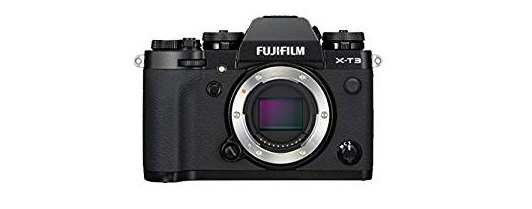
In the field of mirrorless system cameras this cam is one of the top models.
It’s a real bargain for the price and its extensive features. Although the image stabilization could be a little better, for under 1500€ you get an excellent 26.1 megapixel photo sensor with fast autofocus and the ability to record 4K videos with 4:2:0 colour scans and 60 frames per second.
You can also shoot photos very fast one after the other. This function is called burst mode and usually SLR cameras are much better in this area, but the Fujifilm X-T3 is clearly competing with DSLR cams in this respect.
With this model you have the feeling to use a particularly light reflex camera, although it is a system cam. All in all, you get an affordable, functional, high-quality camera model with extensive functions and particularly good recording quality.
2. Nikon Z6

Compared to the Nikon Z7 the Z6 is much more versatile, but the Z7 is more powerful and has a higher resolution.
However, the 24.5 megapixels of the Z6 are completely sufficient to produce very high-quality images. In addition, the Z6 costs considerably less than the Z7 and the performance should be sufficient for most photographers.
The Nikon Z6 model offers very reliable image stabilization over 5 axes and higher video frame rates, as well as an electronic viewfinder. The electronic image stabilizer also takes effect in video mode, which ensures clearer and unshaky images.
Quality, workmanship and architecture are outstanding. The housing has a magnesium alloy.
Performance, image quality and price are in a very good relationship, so we can definitely recommend the Nikon Z6.
3. Nikon Z7
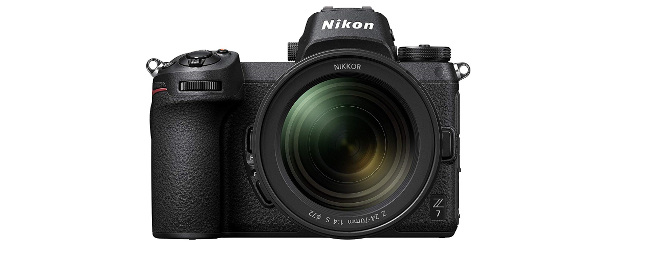
The Nikon Z7 is one of the best system cameras in terms of construction, handling and performance. Its high-quality CMOS photo sensor has 45.7 MP.
Interestingly, the Z7 is quite similar to its competitor, the Sony A7, and is also a very compact model. But what counts in the end are mainly the inner values and here the Nikon Z7 scores, of course. The integrated autofocus and the technically mature photo sensor offer the user a system camera with a lot of added value.
So you’re guaranteed the highest quality photos and you can shoot video in 4K UHD resolution and 30 frames per second. The camera system also has a reliable image stabilisation.
In terms of price, however, the Z7 is clearly above the Z6, which also has very good technical values. You should therefore consider whether the Z6 might not be completely sufficient for your purposes.
4. Canon EOS R
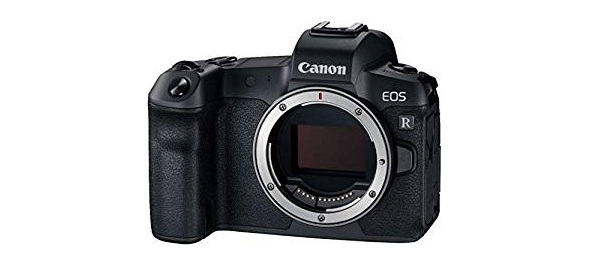
The overall concept and the price/performance ratio of the Canon EOS R is great. You have the most diverse functions and a large screen at your disposal.
With 4K, 60 and 120 fps and the lack of image stabilization, it is technically not as good as a single-lens reflex camera. Instead, the creation of a photo is noiseless and the photo sensor has 30 megapixels.
A special advantage of the EOS R is the wide lens bayonet, which makes this model a great camera for interchangeable lenses. It is therefore also perfect for RF lenses, which have an ideal distance to the sensor after insertion.
5. Sony Alpha A7 III
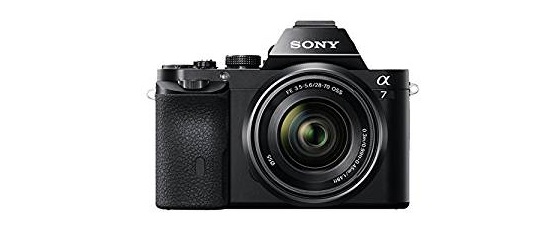
The Sony Alpha 7 models, are among the best cameras on the market. We particularly liked the new Sony Alpha A7 III, which has improved autofocus, 4K video and continuous shooting over its predecessors.
Many Sony models are often bought because they offer incredible value for money. The Alpha 7, which didn’t have an image stabilizer back then, only costs around €800. The third version, with many functions and technical refinements, is priced at around €2200.
Another advantage of the Sony Alpha A7 III is the full format sensor exposed from behind. It not only has a higher sensitivity, but also a higher readout speed.
The 35 mm full format CMOS sensor of the Alpha A7 III model is known for its optimised light sensitivity and the ability to transfer data faster.
The camera also features a reliable 5-axis image stabilizer system. By revising the sensor technology, the Alpha A7 III achieves an improvement in shutter speed by 5.0 steps. This means that camera shake is compensated for quite well, making the camera perfect for capturing fast motion sequences.
Should I buy a DSLR or system camera?
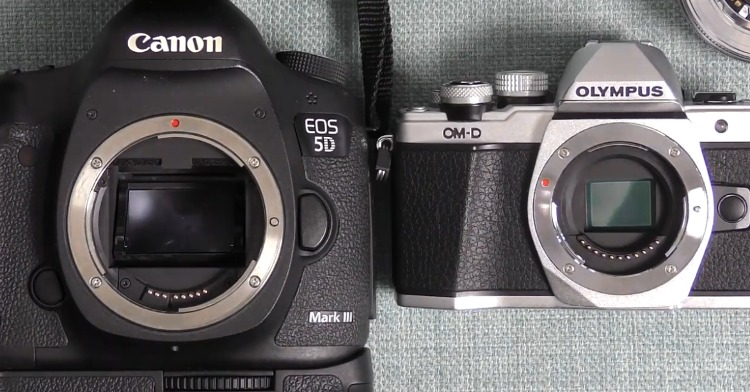
Those of you who are new to the art of photography and are still looking for a suitable camera may be considering whether a DSLR or system camera would suit them better.
We have already listed some advantages and disadvantages above. Both model variants have both strengths and weaknesses. But you can easily create great photos with both cameras.
With SLR cameras, a technique is used that is already very much in use. Light coming in through the lens is reflected by the mirror in the camera body. As soon as the shutter release button is pressed, the mirror folds upwards, light falls through the shutter opening onto the image sensor and a photo is taken. This tried and tested camera system is very popular and has proven to be reliable.
Meanwhile there is a new technology in many camera models where the light falls directly on the image sensor. These cameras are called system cameras or mirrorless cameras.
A big disadvantage of SLR cameras is and remains simply the weight and size due to the built-in mirror system.
Mirrorless cams are easier to carry and you can pack more accessories in your bag.
On the other hand, the SLR cameras are currently still better than the mirrorless models in terms of autofocus speed. They also produce higher quality images in low light conditions.
Recently, however, many cameras have improved considerably with regard to these two points! And it can be assumed that system cameras without mirrors will continue to improve in the future and come close to the autofocus speed of SLR cameras.
Nevertheless, DSLRs are currently still superior in this area. So if you want to capture very fast moving objects, you should really use a DSLR.
System cameras offer the advantage that you can see a preview of the image on the screen. But there are also mirrorless models where an optical viewfinder is simulated. Mirrorless camera systems are also better suited for videos. During video recording, a reflex camera can unfortunately not work properly with pass recognition, so system cameras are clearly better here.
In low light conditions the image quality of the preview and the video will also decrease. We therefore recommend that you take the pictures in good light.
The recording speed, i.e. serial images, is simply better with the system camera, as there is no inertia through the mirror. This is why purely digital camera systems can produce photos faster one after the other.
Conclusion
System cameras are becoming more and more popular. They have many advantages but also some disadvantages compared to the classic SLR cameras. They work faster for continuous shooting and videos. They are also much lighter and more compact than DSLR cams. Unfortunately, there are still a little less lenses on the market of mirrorless cameras, but this gap is closing little by little. Also the autofocus is getting better and better and in a few years SLR systems will be increasingly pushed off the market. System cameras are therefore the cameras of the future and offer great benefits!
| Fotoqualität | |
| Videoqualität | |
| Material | |
| Zubehör | |
| Preis-Leistung | |
| Average 0/5 |




